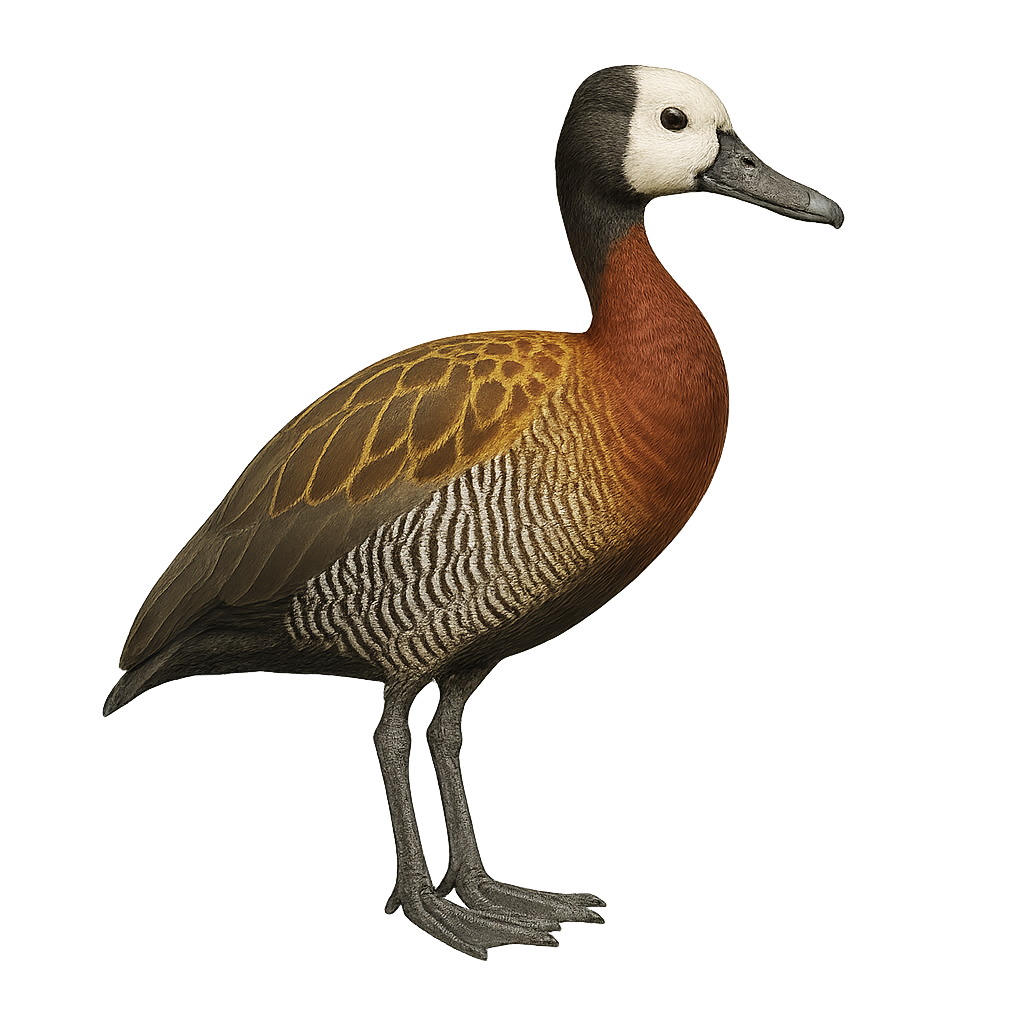Your wildlife photography guide.
Explore the white-faced whistling duck in detail, study its behavior, prepare your shots.
Where to observe and photograph the white-faced whistling duck in the wild
Learn where and when to spot the white-faced whistling duck in the wild, how to identify the species based on distinctive features, and what natural environments it inhabits. The WildlifePhotographer app offers tailored photography tips that reflect the white-faced whistling duck’s behavior, helping you capture better wildlife images. Explore the full species profile for key information including description, habitat, active periods, and approach techniques.
White-faced Whistling Duck
Scientific name: Dendrocygna viduata

IUCN Status: Least Concern
Family: ANATIDAE
Group: Birds
Sensitivity to human approach: Suspicious
Minimum approach distance: 10 m
Courtship display: December to January
Incubation: 26-28 jours
Hatchings: December to February
Habitat:
Wetlands, lakes, marshes
Activity period :
Mainly active at night, generally discreet during the day.
Identification and description:
The White-faced Whistling Duck is a medium-sized waterfowl known for its distinctive plumage. Its white face contrasts with its dark brown body and long neck. Often seen in large flocks, it emits characteristic whistles. Native to sub-Saharan Africa and South America, it inhabits wetlands, lakes, and marshes. This duck is primarily nocturnal and crepuscular, feeding on seeds, aquatic plants, and insects. Although sociable, it can be wary of humans. Its population is stable, but it is sensitive to environmental changes and habitat degradation.
Recommended lens:
400 mm – adjust based on distance, desired framing (portrait or habitat), and approach conditions.
Photography tips:
To photograph the White-faced Whistling Duck, focus on crepuscular or nocturnal hours when it is most active. Use a telephoto lens of at least 400mm to capture details without disturbing the bird. Approach slowly and discreetly, using surrounding vegetation as cover. Favor wetlands where these ducks often gather in groups. Be patient and wait for them to feel comfortable to get natural shots. Reflections on the water can add an aesthetic dimension to your photos, so play with angles and light.
The WildlifePhotographer App is coming soon!
Be the first to explore the best nature spots, track rutting seasons, log your observations, and observe more wildlife.
Already 1 439 wildlife lovers subscribed worldwide

